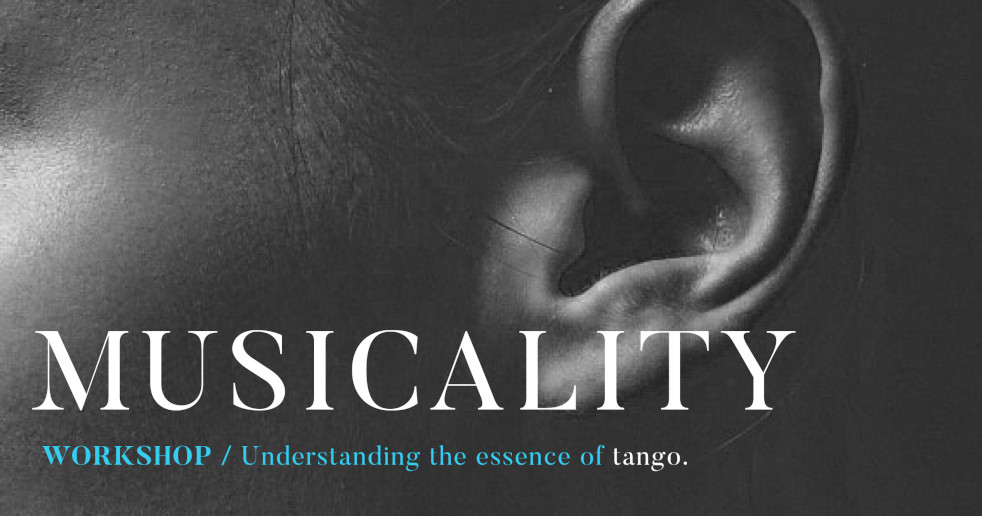What is musicality ?
As we have already seen in a previous chapter, the term “musicality” is such a broad, abstract and sometimes difficult concept to understand that we have started by approaching it from different aspects: musicality in speech, poetry and recitation.
If you have not yet read the previous chapter, I recommend you start there: What is musicality?.
Musicality in dance
In dance, musicality can be understood as the ability to express in dance what music tells us and makes us feel.
And in this fusion of music and dance, body movement and its expressive capacity take on the role of language.
For the spectator, musicality implies a correspondence between what is seen and what is heard. There is a correlation between the parts, like pieces that fit together, which provokes a feeling of well-being.
For the dancer, there is a sense of being part of that music, a feeling that the music generates our movement in an organic or natural way.
“It is said that someone is musical when they respond to sound stimulus (absorption) and express themselves sonorously (projection) in a spontaneous way.
Musical sensitivity, musicality, therefore corresponds […] to the fact that people can understand and feel the language of music as a generator of desires, emotions, and feelings.
It also includes the capacity to internalise it, reproduce it, and even improvise it, without any intellectual reflection.”
It is interesting to note the two mechanisms proposed in the previous sentence: Absorption and Projection, which directly involve the processes that we will analyse in the next segment: Perception and Expression.
From now on, we will use these terms (Perception and Expression) to refer to these processes.
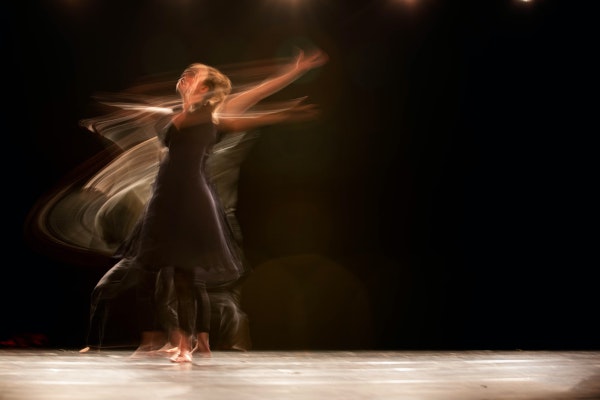
Because the world of dance is so broad and diverse with respect to style, I will focus mainly on the tango genre, as this is the area in which I have specialised as a professional musician (read more about me) and into which I have delved as an amateur dancer some years ago.
Musicality in Tango
Being musical in dance is really a process that requires being both perceptive (sensitive to the music that is played) and expressive (able to transform information and emotions into movement).
Additionally, since tango is a partner dance, it also requires connection and understanding between both dancers.
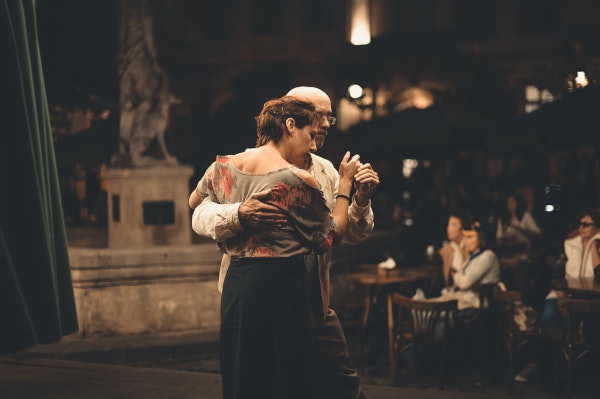
Development of Perception and “Active Listening” – first aspect
Going into the receptive part, the most important thing will be to develop the perception of the music. That is to say, to become aware of what kind of information or details we can extract from the music we listen to. We call this “active listening.“
The act of “listening” is linked to the sensory, but “active listening” is the activity of educating attention by listening, and it requires going through the process of interpreting or understanding the information that listening provides us.
During this process, we begin by discovering music and its sounds, in a basic way, linked to the sensory.
In a second instance, we continue by recognising musical language, along with its technical and expressive aspects. And we stop to think about them analytically, regardless of the level of musical knowledge we have.
Finally, by way of conclusion, we should reflect on the connection between this music and our own experiences and emotions. In this way, we will obtain our own appreciation of it, and develop a musical critique.
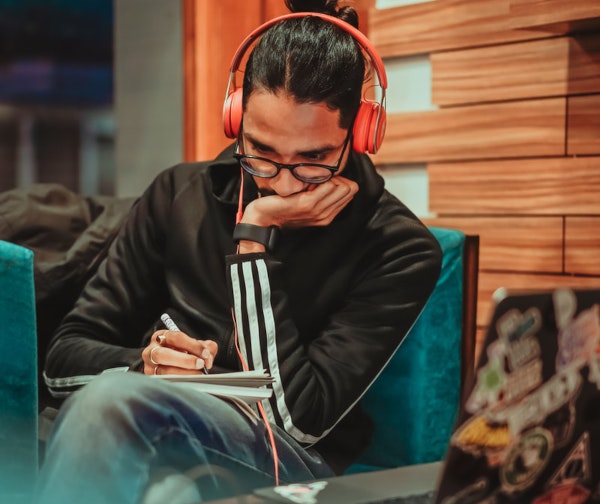
The development of perception and appreciation will allow us to gain musical insights more easily. It helps, in a way, to generate a kind of “personal internal catalogue” in which we store knowledge, sensations, and reflexes or reactions, all with increasing degrees of elaboration.
Finally, when it comes to dancing, we will be able to apply this catalogue of musical information in a fluid way, without the need for extreme concentration.
Bodily expressiveness or Corporal expression – the second aspect
The next step in the development of perception would be to translate the information, tastes, and ideas generated by listening into bodily expression.
It should be clarified, for example, that being expressive does not necessarily mean being outgoing and charismatic.
Often, expressiveness can be subtle and internal, and it is no less interpretative or expressive for that.
According to an article by the author Mª Ángeles Cáceres Guillén, published by the Federación de enseñanza de C.C.O.O. de Andalucía (Andalusian C.C.O.O. Teaching Federation), it was from 1968 onwards that the practices known as “corporal expression” began to appear. These practices appear in dance, theatre, physical education, socio-cultural animation, etc.
In her article, she shares some definitions from other authors:
“Corporal expression could be the expression of thought through movement, with communicative intentionality.” (Tomás Motos)
“Body language is a discipline that allows us to find, through the study and the deepening of the use of the body, a language of our own.” (Marta Schinca)
This last quotation is the most important from my point of view, as it points to exactly the same objective that I want to highlight in musicality: a language of one’s own.
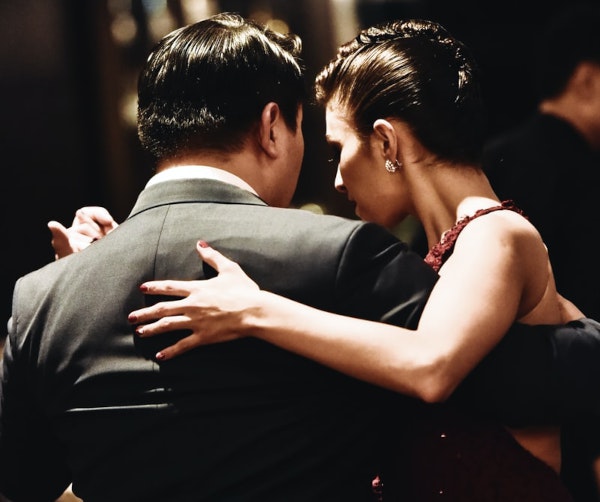
How to work on musicality?
Throughout a dance student’s training, it is essential to work on acquiring the ability to dance through correct technical execution.
However, it is also essential to develop the right musical perception that allows for an emotional connection between music and dance.
Musicality is something that is easily learnt and incorporated thanks to the work we do to develop an understanding of it.
For this, it is recommended to work on and develop the most important points for tango dance.
Among them are: rhythm, accents, tempo, melody, accompaniment, form or structure, instrumentation, dynamics, counterpoint, and the styles of each orchestra, among others.
It should be noted that when dancing, it is advisable to completely forget about the analytical part of music. Being too mental when dancing is often counterproductive for the musicality of the moment itself.
We have already worked on the analytical part in due time and incorporated it. And as a result, we will not need to analyse constantly, but rather what we have learned will allow us to engage in the process subconsciously in real time.
If you want to improve your musicality, please check out our Musicality course, it will help you to develop these concepts in a simple and practical way (read more).
You might be interested in the previous chapter : What’s Musicality? in which we talked about musicality in speech, poetry, dance, and other arts.
Check out our most recent articles.

